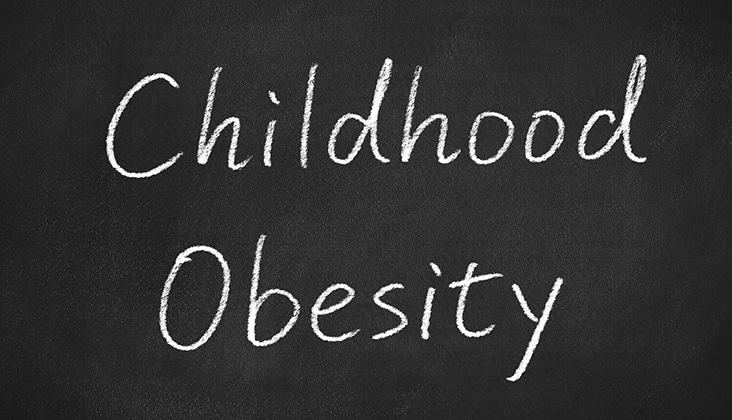Problem of Childhood Obesity
Childhood obesity is one of the most significant public health challenges of the 21st century, both in the United States and globally. Childhood obesity is a multifactorial disease with risk factors related to genetics, development, and the environment. Obese children are more likely to become obese adults, and are at risk for developing additional chronic medical conditions such as dyslipidemia, hypertension, type 2 diabetes mellitus, and obstructive sleep apnea. Childhood obesity is also related to depression, anxiety, low self-esteem, and social problems such as bullying. The persistence of these comorbid conditions into adulthood is not only costly to personal health, it presents an economic burden on society as well. With one in three children in the US overweight or obese, early identification and intervention are critical. Oral health professionals are well suited to promote healthy weight with patients and parents.

The most common cause of childhood obesity is the consumption of more calories from foods and beverages than a child or young person expends, known as a positive energy balance, in combination with being genetically predisposed to weight gain.
 wildpixel / iStock / Getty Images Plus
wildpixel / iStock / Getty Images Plus
In general, consumption of sugar-sweetened beverages or sugar-containing beverages and other foods high in sugar are risk factors for obesity as well as caries.
 nevodka / iStock / Getty Images Plus
nevodka / iStock / Getty Images Plus
Due to the nature of the dental setting, oral health professionals are in a unique position to do which of the following?
 jhorrocks / E+
jhorrocks / E+
Research suggests that what percentage of oral health professionals express discomfort with addressing adult or childhood obesity in the clinical setting?
 Goldfinch4ever / iStock / Getty Images Plus
Goldfinch4ever / iStock / Getty Images Plus
Based on policies from the American Dental Association, American Dental Hygienists’ Association, and American Academy of Pediatric Dentistry, nutrition counseling on healthy eating to reduce risk for caries and overall health is not a component of prevention services to be provided during dental care.
 Sean824 / iStock / Getty Images Plus
Sean824 / iStock / Getty Images Plus
Oral health professionals need to become part of an interprofessional approach to this health crisis, taking action not only on the clinical but community level.
 wildpixel / iStock / Getty Images Plus
wildpixel / iStock / Getty Images Plus
Share your Results:

